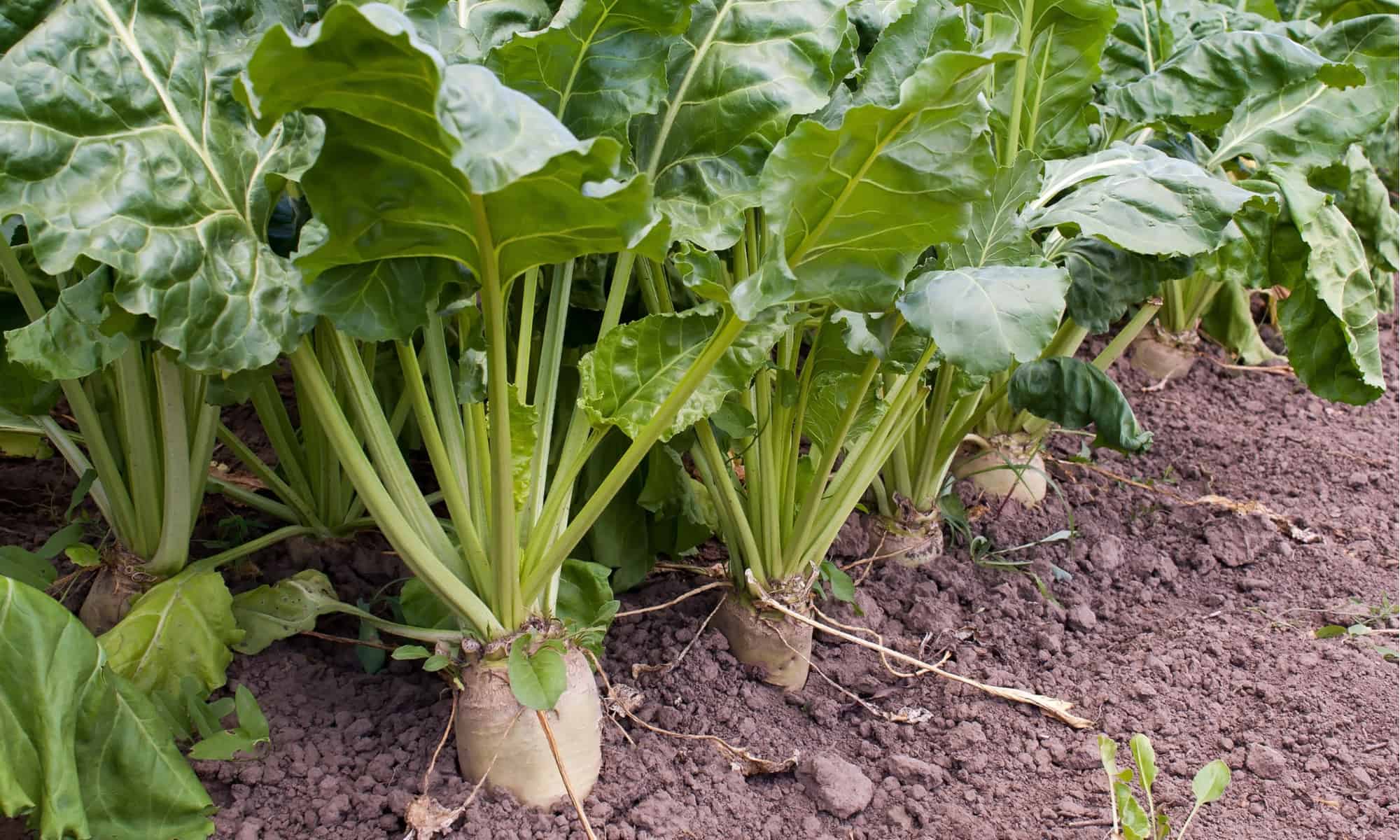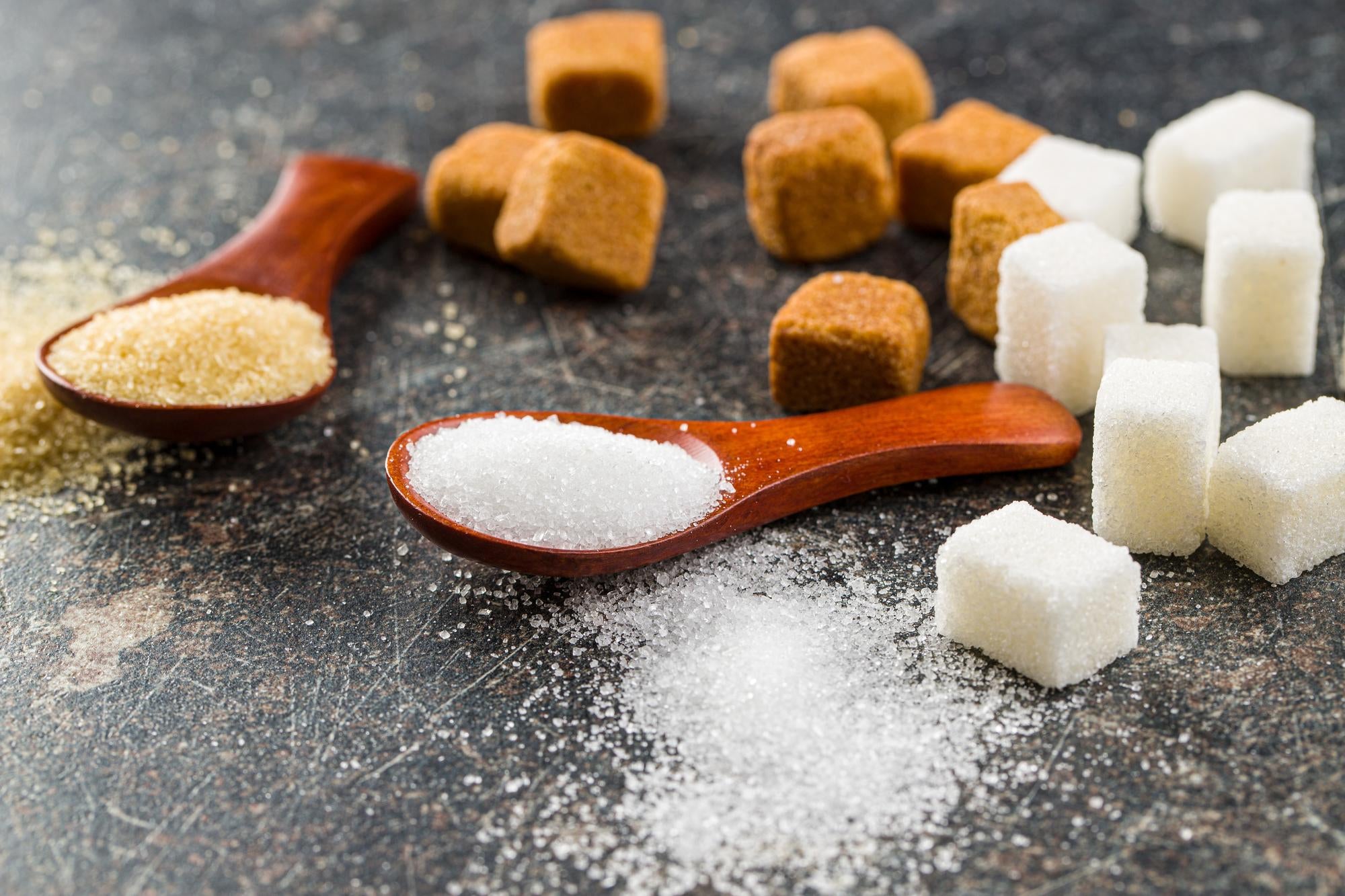People researching beet sugar vs cane sugar often want to know which blends well in beverages.
People researching beet sugar vs cane sugar often want to know which blends well in beverages.
Blog Article
Discover the Uses and Perks of Beet Sugar Vs Cane Sugar in Your Daily Diet
Discovering the distinct top qualities of beet and cane sugar reveals more than simply their sweetening capabilities; it highlights their special impacts on health and wellness and cookeries. Beet sugar, recognized for its subtle taste, is commonly favored in fragile desserts, whereas cane sugar, with its hint of molasses, includes richness to durable dishes. Each type holds its own dietary account and glycemic implications, inviting a much deeper understanding of their duties in a balanced diet regimen and sustainable usage practices.
Origin and Manufacturing Procedures of Beet and Cane Sugar

The unique climates and soil kinds needed for expanding sugar beets and sugarcane add to differences in their cultivation techniques and geographical circulation, influencing the economics and sustainability of their production. beet sugar vs cane sugar.
Nutritional Comparison Between Beet Sugar and Cane Sugar
In spite of originating from various plants, beet sugar and cane sugar are nutritionally really similar, both largely containing sucrose. Each gives regarding 4 calories per gram, translating to roughly 16 calories per teaspoon. Structurally, both sugars are made up of roughly 99.95% sucrose, with very little quantities of various other compounds like moisture and trace element, which do not considerably change their nutritional profiles.

Ultimately, when picking in between beet sugar and cane sugar based upon dietary web content alone, both offer identical advantages and drawbacks as they are basically kinds of the same you could check here molecule-- sucrose, giving quick energy without various other nutrients.
Effect On Health: Glycemic Index and Caloric Content
Checking out additionally right into the results of beet sugar and cane sugar on health, it is very important to consider their glycemic index and caloric material. Both sugars are identified as sucrose, which consists of glucose and fructose. This composition leads them to have a similar influence on blood glucose degrees. The glycemic index (GI) of both beet and cane sugar is around 65, classifying them as high-GI foods, which can cause quick spikes in blood glucose levels. This is a vital element for people taking care of diabetes or those trying to stabilize their energy levels throughout the day.
Each sort of sugar contains around 4 calories per gram, making their calorie material matching. For those keeping track of caloric intake, especially when taking care of weight or metabolic wellness problems, recognizing this equivalence is essential (beet sugar vs cane sugar). Nevertheless, extreme usage of any high-calorie, high-GI food can add to wellness concerns such as excessive weight, heart condition, and insulin resistance.
Environmental and Economic Considerations of Sugar Manufacturing
Beyond health impacts, the production of beet and cane sugar likewise elevates substantial environmental and economic issues. Sugar beet growing often tends to call for cooler environments and has a lower geographical footprint compared to sugar cane, which thrives in tropical regions.
Furthermore, using chemicals and fertilizers in both beet try this out and cane sugar growing can cause dirt degradation and contamination, additional affecting biodiversity and neighborhood water bodies (beet sugar vs cane sugar). The selection in between growing sugar beet or cane commonly rests on local environmental conditions and economic factors, making the sustainability of sugar production a complicated concern
Culinary Applications and Taste Distinctions
While the ecological and economic aspects of sugar production are indeed substantial, the option between beet and cane sugar additionally influences culinary applications and taste accounts. Beet sugar, obtained from the sugar beet plant, is understood More Help for its remarkably neutral taste.
Walking cane sugar, drawn out from sugarcane, typically retains molasses traces, which present an unique splendor and depth. This slight molasses taste enhances the intricacy of baked items, sauces, and marinates. It is particularly preferred in things where a caramel touch is preferred, such as in brownies or gingerbread. Furthermore, the minor variation in wetness content in between beet and cane sugar can affect the appearance and consistency of recipes, making cane sugar a favored choice for specific dishes that gain from its one-of-a-kind properties.

Conclusion
In verdict, both beet and cane sugar have unique origins and manufacturing processes, offering similar nutritional accounts with minor distinctions in sodium web content and flavor. While their influence on wellness, especially relating to glycemic index and calories, is similar, the choice in between them commonly boils down to ecological, financial elements, and specific cooking needs. Understanding these facets can assist consumers in making educated choices that align with their health objectives and taste preferences.
Report this page